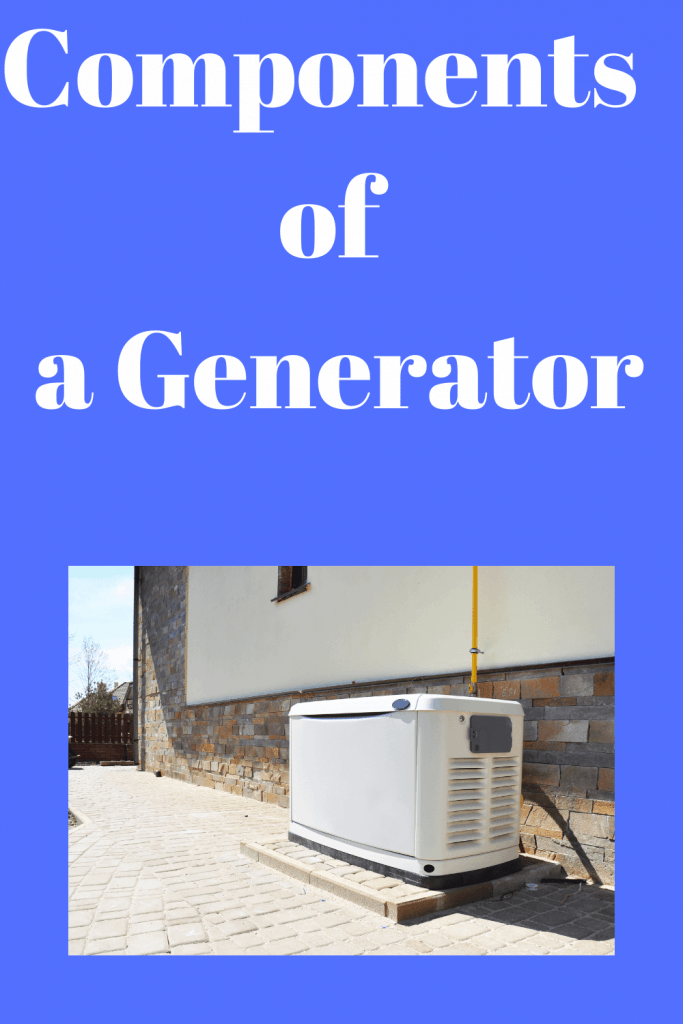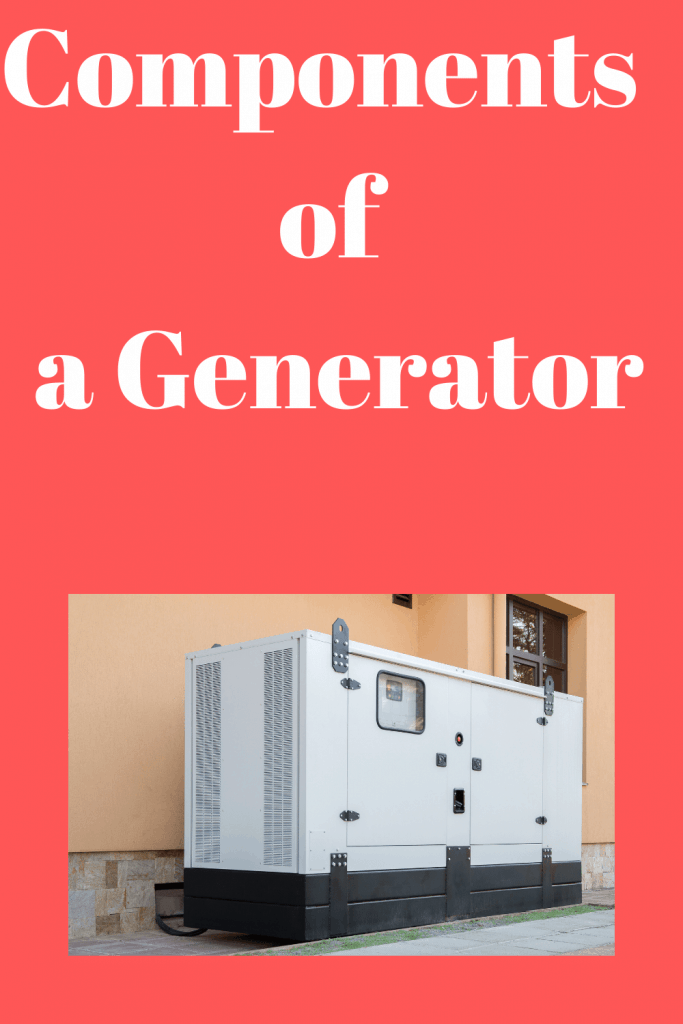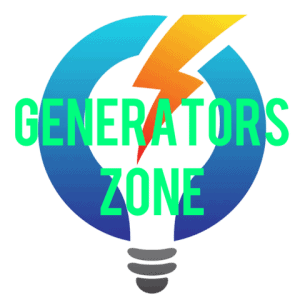Components of a Generator Overview
Generators
A generator is a packed unit to provide electric power using an engine. Components of a Generator will give you some cool information about generator.

The engine works with other components to turn fuel into usable electricity for a wide range of applications.
A generator has different components that we shall discuss in different sections of this article.
The Engine
This is one of the principal components of a generator. Termed as the “workhorse” of a generator, an engine is powered by natural gas, petrol, or diesel.
After the fuel turns the engine, the engine turns other components like the battery system and the alternator into usable electrical energy for the equipment to function and provide the required power output for other applications.
The generator size dictates the amount of electricity produced by a generator.
Generator end/alternator
An alternator turns the mechanical energy from a generator into electrical power.
A belt connects the alternator to the engine’s crankshaft. The engine moves the belt as it turns, turning the rotor shaft.
This rotor is usually a magnet, usually surrounded by an area that acts as a conductor. The components produce an alternating form of electricity.
Fuel system
An engine cannot function without fuel, meaning that fuel is an essential part of the generator system.
To keep the generator running, enough and correct fuel need to be placed in place.

The fuel flow and the fuel system should be inspected regularly to ensure that everything is functioning as required.
The popular types of generators include propane, natural gas, and diesel engines.
The control panel
The control panel is the user interface. It facilitates the operator to monitor different components and system parts for an appropriate adjustment based on the need.
The controls include the voltages generated by a generator, the frequency of a current, and the electrical current.
Different displays and gauges support system monitoring. The adjustment of the generator is made through different switches or button series.
Voltage Regulator
The generator alternator produces A/C current, which is not the right form of current for charging a battery system or operating different types of machinery.
Instead, direct current is needed. The purpose of the voltage regulator is to control the current-voltage as it converts to DC.
Battery Charger
A generator requires a battery to start. The fact that the battery must charge first means that the generator’s battery charger charges its battery when the system is functioning.
The skid/Mainframe
This is the generator housing that holds all the generator parts and components.
The skid is designed to facilitate the generator sit on a concrete pad, the ground, or mounting on a trailer for easy system transportation.
It also ensures that the generator is adequately grounded and that it has an excellent earthing.
This is essential for system safety and operation.
Lubrication system
A lubrication system is required for the moving parts of the generator.
The purpose of the lubrication system is to ensure that excessive friction is not created by the moving parts, causing excessive heating and system lockup.
Load banks
These components are recommended for the gas generator and the diesel systems.
Their design is intended to assist in testing different power sources for a reliable supply and operation before attachment of the generator to the real load.
During the combustion process, they also help the diesel generator during combustion to ensure the combustion of all fuels.
Transfer switches
These components are intended to improve generator safety.
They help ground the generators and provide a power supply to the equipment by providing a single plug-in point for the generator.

The role of the automatic transfer switches is facilitating the generators kick automatically into action if there is a failure in the primary source of power.
The generator shuts down automatically where the power comes back.
Radiators (diesel generator)
The radiators help to cool off the generator when operating, making sure that it functions within the recommended thermal limits.
The primary role of the generators is to prevent overheating of the generators.
Trailer (oprional)
This is mounting equipment where large and small generators are mounted for transportation.
This is helpful when the generator use is required for mobile and remote projects.
It also helps to move the generator to projects which have multiple power needs.
Related Articles
